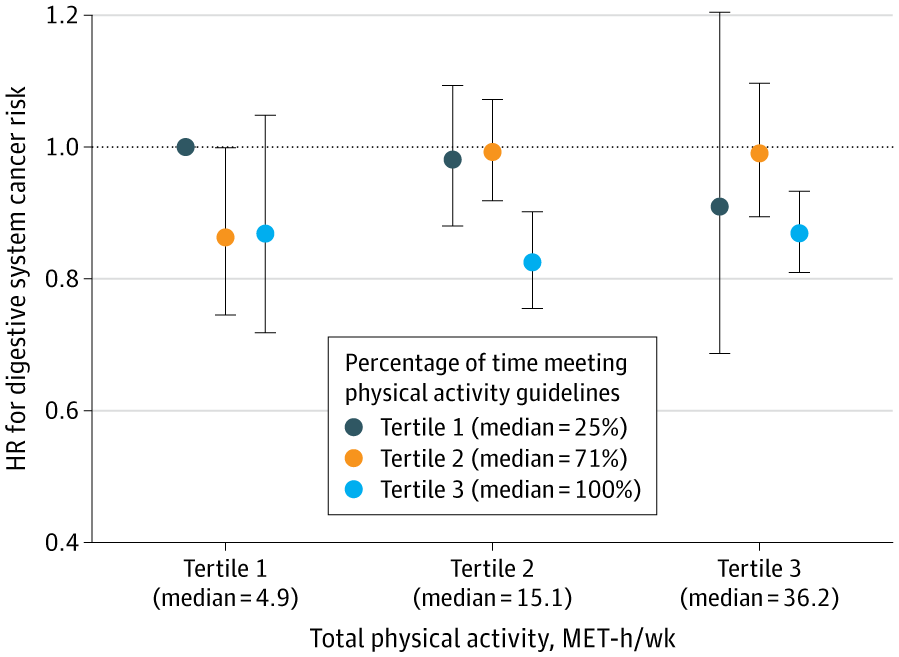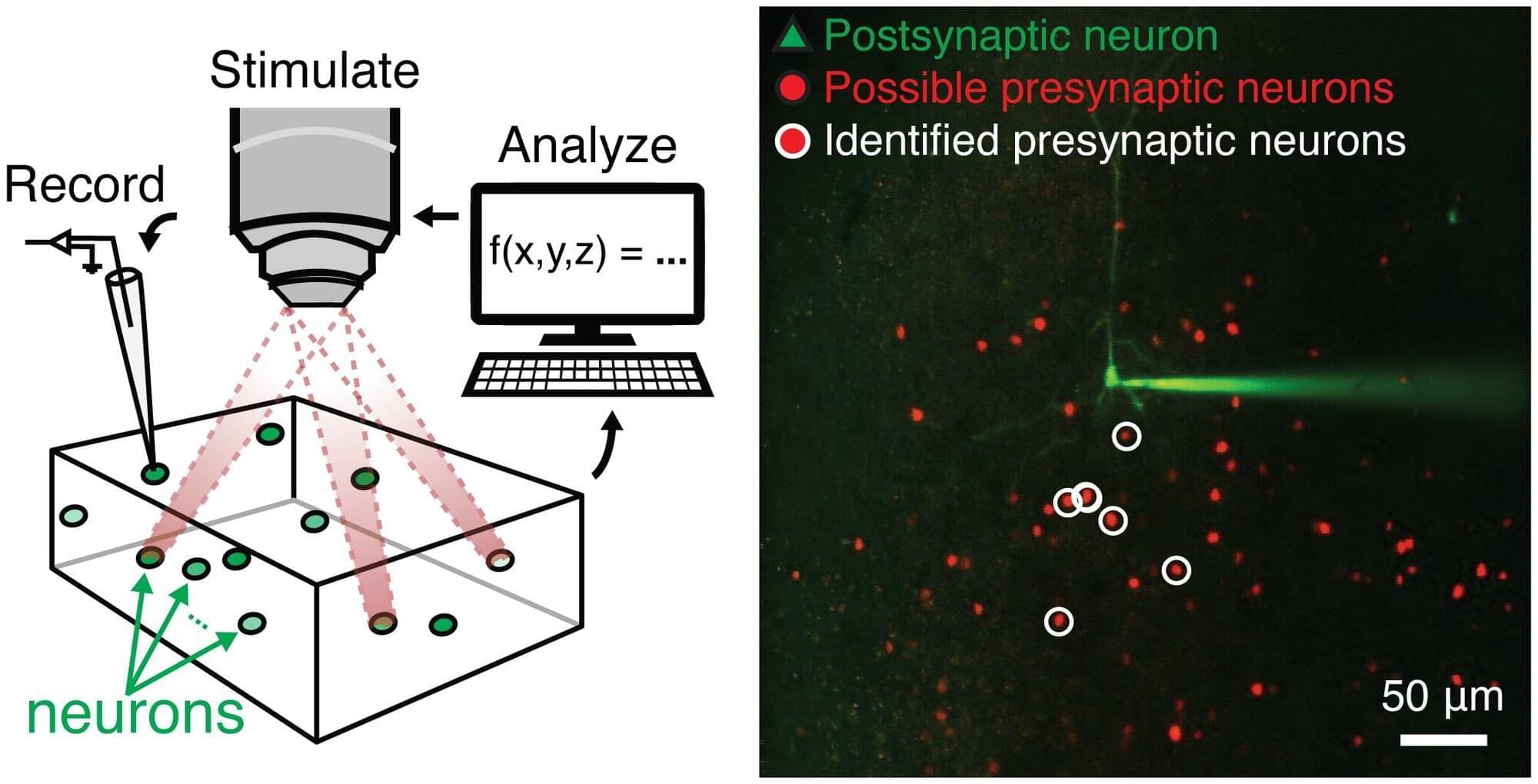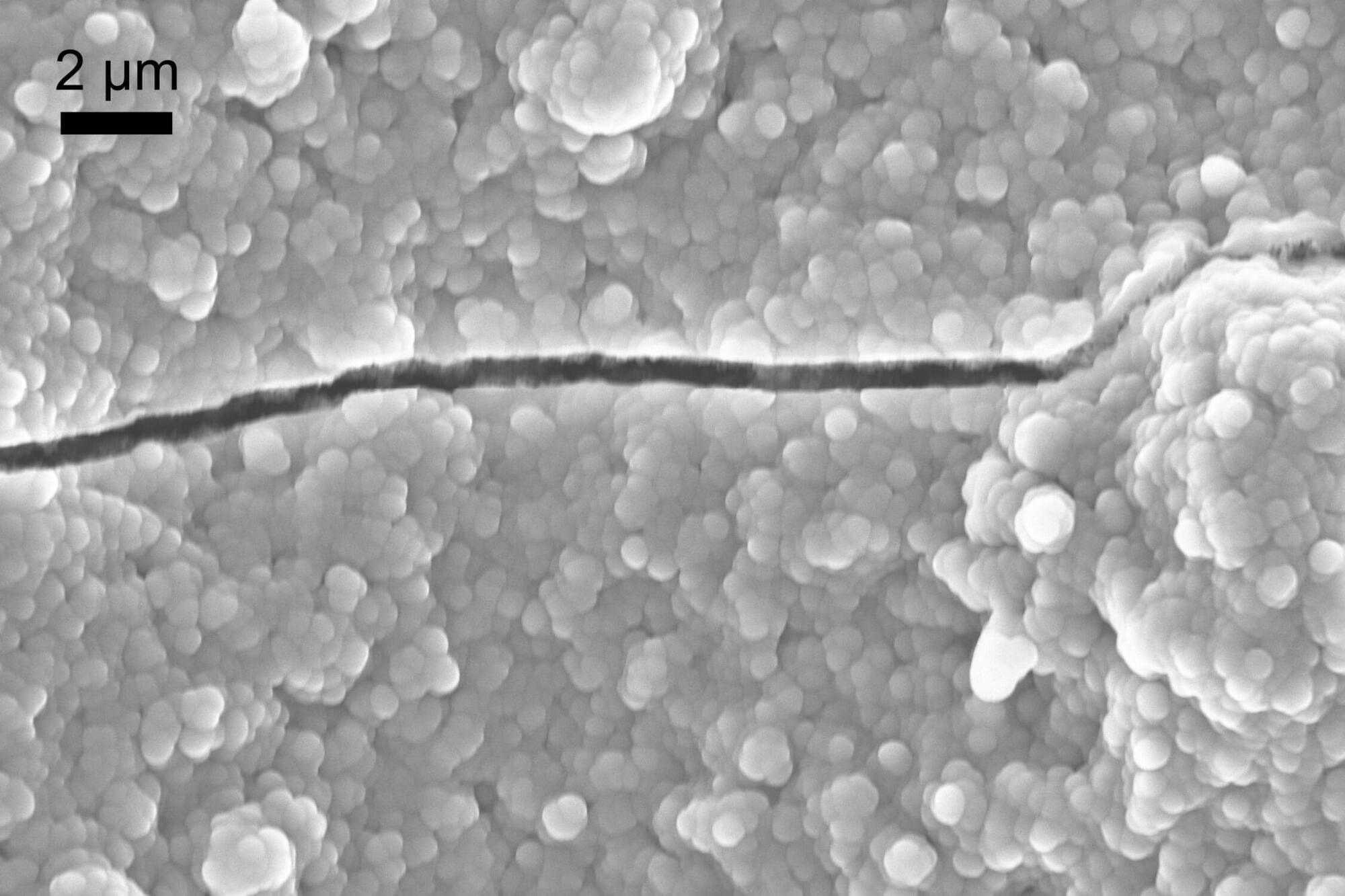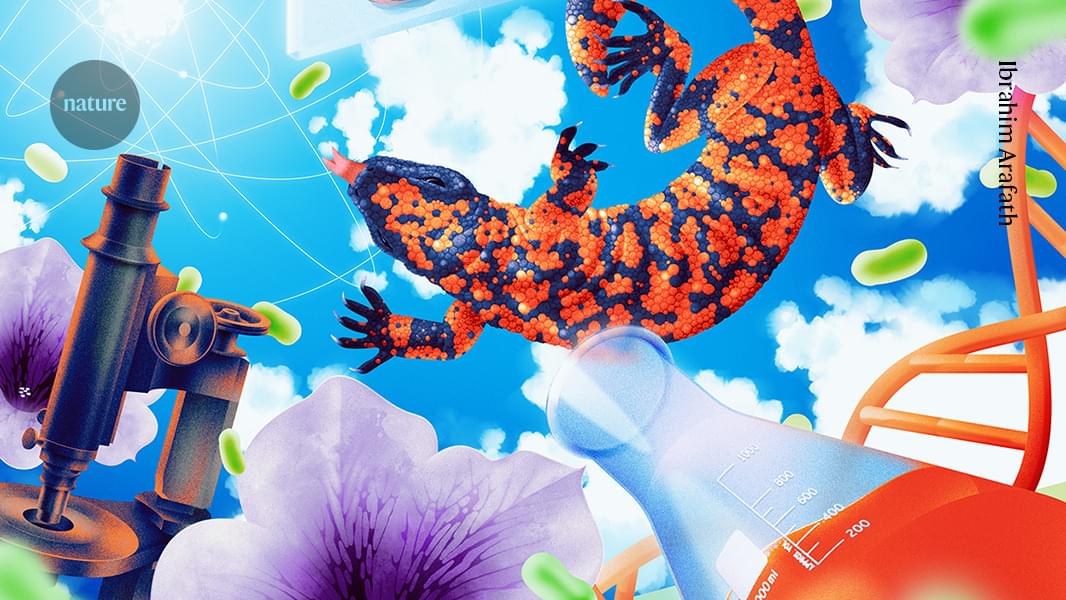This cohort study using data from 3 large US prospective cohorts assesses whether adherence to the recommended physical activity level measured in metabolic equivalent task over time is associated with lower digestive system cancer risk.



From the article:
“In multi-week sleep studies that simulate long winter nights in darkness and remove clocks or evening light, people in lab studies often end up adopting two sleeps with a calm waking interval. A 2017 study of a Madagascan agricultural community without electricity found people still mostly slept in two segments, rising at about midnight.”
There’s a reason you sometimes wake up in the middle of the night.
Patreon: https://www.patreon.com/seanmcarroll.
Blog post with audio player, show notes, and transcript: https://www.preposterousuniverse.com/podcast/2025/11/03/334-…by-aliens/
The universe as revealed by physics is objective: it’s out there, existing and behaving in ways that are completely independent of human thought. But the process by which we learn about the universe, and the language with which we talk about it, is extremely human-dependent. Does that mean that aliens would do science differently, and even think differently about physics, even if we all live in the same universe? Physicist Daniel Whiteson has teamed with cartoonist Andy Warner to investigate these questions in their new book Do Aliens Speak Physics?
Daniel Whiteson received his Ph.D. in physics from the University of California at Berkeley. He is currently a professor of physics at the University of California, Irvine. He is a Fellow of the American Physical Society and recipient of an Emmy nomination. He is the author of several books, often with co-author Jorge Cham. He is the co-host (with Kelly Weinersmith) of the podcast Daniel and Kelly’s Extraordinary Universe.
Mindscape Podcast playlist: https://www.youtube.com/playlist?list=PLrxfgDEc2NxY_fRExpDXr87tzRbPCaA5x.
Sean Carroll channel: https://www.youtube.com/c/seancarroll.
#podcast #ideas #science #philosophy #culture
Don’t miss Tom Matula’s webinar: “The Civilization Survival Scale and Space Settlement”

AI models have been expanding dramatically in size and the number of trainable parameters. This rapid growth has introduced many challenges, including increased computational costs and inefficiencies. Dynamic sparse training has emerged as a novel approach to address overparameterization and achieve energy-efficient artificial neural network (ANN) architectures. The highly efficient neuro-inspired sparse design remains underexplored compared to the significant focus on random topology searches. We propose the Topographical Sparse Mapping (TSM) method, inspired by the vertebrate visual system and convergent units. TSM introduces a sparse input layer for MLPs, significantly reducing the number of parameters.

Recent technological advances have opened new possibilities for neuroscience research, allowing researchers to map the brain’s structure and synaptic connectivity (i.e., the junctions via which neurons communicate with each other) with increasing precision.
Despite these developments, most widely employed methods to image synaptic connectivity are slow and fail to precisely record changes in the connections between neurons in vivo, or in other words, while animals are awake and engaging in specific activities.
Two different research groups, one based at Columbia University and UC Berkeley, and the other at the Vision Institute of Sorbonne University in Paris, introduced a promising approach to study synapses in vivo. Their proposed mapping strategies, outlined in two Nature Neuroscience papers, combine holographic optogenetics, a method to selectively and precisely stimulate or silence specific neuron populations, with computational techniques.

Hydrogen is already an important source of energy. The $250 billion industry supports fertilizer production, steel manufacturing, oil refining, and dozens of other vital activities. While nearly all hydrogen produced today is created using carbon-intensive methods, researchers are racing to develop cheaper ways of producing hydrogen with a lower carbon footprint.
One of the most promising approaches is water electrolysis, a process that uses electricity to power a reactor—called an electrolyzer—to split water (H2O) molecules into hydrogen (H2) and oxygen (O2).
Electrolyzers rely on a thin membrane that blocks O2 and H2 molecules while allowing positively charged hydrogen atoms —called protons—to pass through.


In a groundbreaking experiment that blurs the line between physics and art, researchers at the Max Planck Institute for the Structure and Dynamics of Matter (MPSD) in Hamburg have discovered a mesmerizing form of collective quantum behavior in Kagome crystals — a class of materials named after a traditional Japanese basket-weaving pattern. The study, published in Nature, reveals that electrons within these star-shaped lattices can synchronize like singers in a choir, producing a coherent “quantum song” that depends directly on the crystal’s geometric shape.
Quantum Coherence Beyond Superconductivity
Quantum coherence — the synchronized motion of particles acting as overlapping waves — is typically restricted to exotic states such as superconductivity, where electrons pair up and flow without resistance. In normal metals, this delicate coherence is quickly destroyed by scattering and collisions. But in the Kagome metal CsV₃Sb₅, the MPSD team observed something extraordinary: electrons maintained long-range coherence even without superconductivity.
